Aviator Amelia Earhart and her Electra plane on May 20, 1937. (Albert Bresnik/The Paragon Agency/AP)
By David Downey | Contributing Writer
The team that believes it found Amelia Earhart’s lost plane beneath the Pacific Ocean initially had difficulty extracting the fuzzy sonar image of what members say is the famed pilot’s Lockheed 10-E Electra.
“We almost lost it,” said Temecula resident Lloyd Romeo, a team member and brother of expedition leader Tony Romeo, who lives in Charleston, South Carolina.
Lloyd Romeo, 67, said a team engineer couldn’t retrieve a set of data captured by an underwater drone and nearly gave up. But he said the engineer, Craig Wallace, persevered.
And on Nov. 29, Tony Romeo said, the team spotted in that data the image of a plane consistent with the Electra’s size and dimensions, and signature twin-tail design.
Earhart is one of the most iconic figures in American history.
Temecula resident Lloyd Romeo recounts on Thursday, Feb. 1, 2024, the names of crew members from a 90-day expedition in search of the wreckage of Amelia Earhart’s long-lost plane. (Photo by Anjali Sharif-Paul, The Sun/SCNG)
She was the first woman to fly solo across the Atlantic Ocean. And her disappearance in 1937 while trying to become the first woman to fly around the globe is one of the nation’s most enduring and alluring mysteries.
“I think she’s America’s favorite missing person,” said Tony Romeo, who is 43 and CEO of the exploration company Deep Sea Vision.
“I like describing her that way. It’s been so long. There are so many different theories as to what happened to her. And the oceans have this mystique that when things go missing they just swallow things up.”
Maritime archaeologist James Delgado, senior vice president of SEARCH Inc., told The Associated Press that the potential find could change the storyline of Earhart’s disappearance but “we need to see more.”
Delgado said Romeo’s expedition used world-class, cutting-edge technology that was once classified and is “revolutionizing our understanding of the deep ocean.”
But he said Romeo’s team must provide “a forensic level of documentation” to prove it’s Earhart’s plane. That could mean the patterns in the fuselage’s aluminum, the configuration of its tail and details from the cockpit.
Earhart had ties to Los Angeles County and the San Fernando Valley. She and husband George Putnam moved to Toluca Lake in the 1930s. She attended USC. She shopped in North Hollywood.
The North Hollywood Amelia Earhart Regional Branch Library bears her name today. To the east in Riverside, so does Amelia Earhart Middle School.
This photo combination provided by Deep Sea Vision shows a sonar image that the company believes could be Amelia Earhart’s Lockheed 10-E Electra. Earhart’s plane vanished during her flight around the world in 1937. (Deep Sea Vision via AP)
Earhart and her navigator, Fred Noonan, disappeared July 2, 1937, while flying from New Guinea to tiny Howland Island midway between Australia and Hawaii. In one of her last radio transmissions, she reported that they thought they were close but couldn’t see the island and were low on fuel.
Extensive searches in the days following failed to turn up the plane. Now the team from Deep Sea Vision says it knows where the wreckage is.
Energized by the finding, the team is drawing plans for the next step, after a three-month expedition that concluded in December.
“We are going to keep the ball rolling,” Tony Romeo said.
Lloyd Romeo, a retired industrial controls engineer and radio-control-airplane club president, said in an interview that the team wants to return late this year or early next with a high-resolution camera.
His brother, who joined the interview by phone, said: “We want to confirm it and send pictures out for everyone to see.”
If confirmed, next up would be a difficult step: carefully raising the wreckage from its resting place more than 3 miles below the ocean’s surface. That would present legal and logistical challenges, Tony Romeo said, and those could take several years to solve.
“It would be one of the deepest salvages ever in history,” he said.
Still, Lloyd Romeo said, it is worth pursuing.
He believes the plane belongs in the Smithsonian museum complex in Washington, D.C.
“We’re very optimistic that the airplane is in good shape and the paint will still be on it,” he said, although it’s “probably bent up a little bit.” In deep water, such as in the area where Earhart may have disappeared, objects corrode more slowly than in shallow seas.
The team found the object by systematically scanning more than 5,000 square miles of ocean floor in an area west of Howland Island, where they believe Earhart went down.
Lloyd Romeo said the company’s underwater drone, named Hugin 6000 because it can search 6,000 meters below the surface, scanned in a straight line, 800 meters on each side at a time. Then the team turned it around and steered it down another straight and wide line parallel to the previous one.
“Mowing the lawn is what we call it,” he said.
Lloyd Romeo said the vehicle recorded images for 33 hours straight, then the team pulled it into the boat to retrieve data and prepare for the next run. Three hours later, the Hugin 6000 was in the water again scanning, he said. They repeated the process for weeks on end.
Related Articles
Authorities identify person killed in East Bay plane crash
Explorers say they think they’ve found Amelia Earhart’s long-lost plane
Pilot dies after small plane crashes on city streets near Concord airport
Third body recovered from plane crash that killed four near Half Moon Bay: reports
Half Moon Bay: Second body recovered from plane crash that killed four
Lloyd Romeo said the underwater vehicle is more than 21 feet long and looks like “a fat torpedo.”
Tony Romeo said the vehicle — also used in other ocean searches — was purchased for $9 million. Deep Sea Vision spent $2 million on the Earhart expedition, he said.
As for the object in the image, Lloyd Romeo said it was found at a depth of 5,200 meters. That’s about 17,000 feet deep.
A drone captured the image from 60 meters above the object, or 5,140 feet below the surface, Lloyd Romeo said.
When the team returns with a high-resolution camera mounted to the underwater vehicle, members will steer the drone closer — to within five or 10 meters, he said.
“You don’t want to actually touch it,” he said. “We don’t want to disturb it at all.”
Deep Sea Vision’s is not the first expedition that sought to solve the Earhart mystery.
David Jourdan said his exploration company Nauticos searched in vain on three separate expeditions between 2002 and 2017, surveying an area of seafloor about the size of Connecticut. Those efforts were preceded by a $1 million hunt in 1999 from Nevada-based Dana Timmer. As recently as 2014, Timmer had not given up and sought to raise nearly $2 million for another go.
Between 1988 and 2002, the International Group for Historic Aircraft Recovery made six trips to a different island in the western Pacific Ocean under the impression that Earhart crash-landed on a flat reef 1,800 miles south of Hawaii.
The Associated Press contributed to this report.



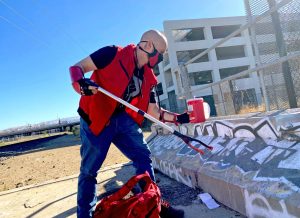
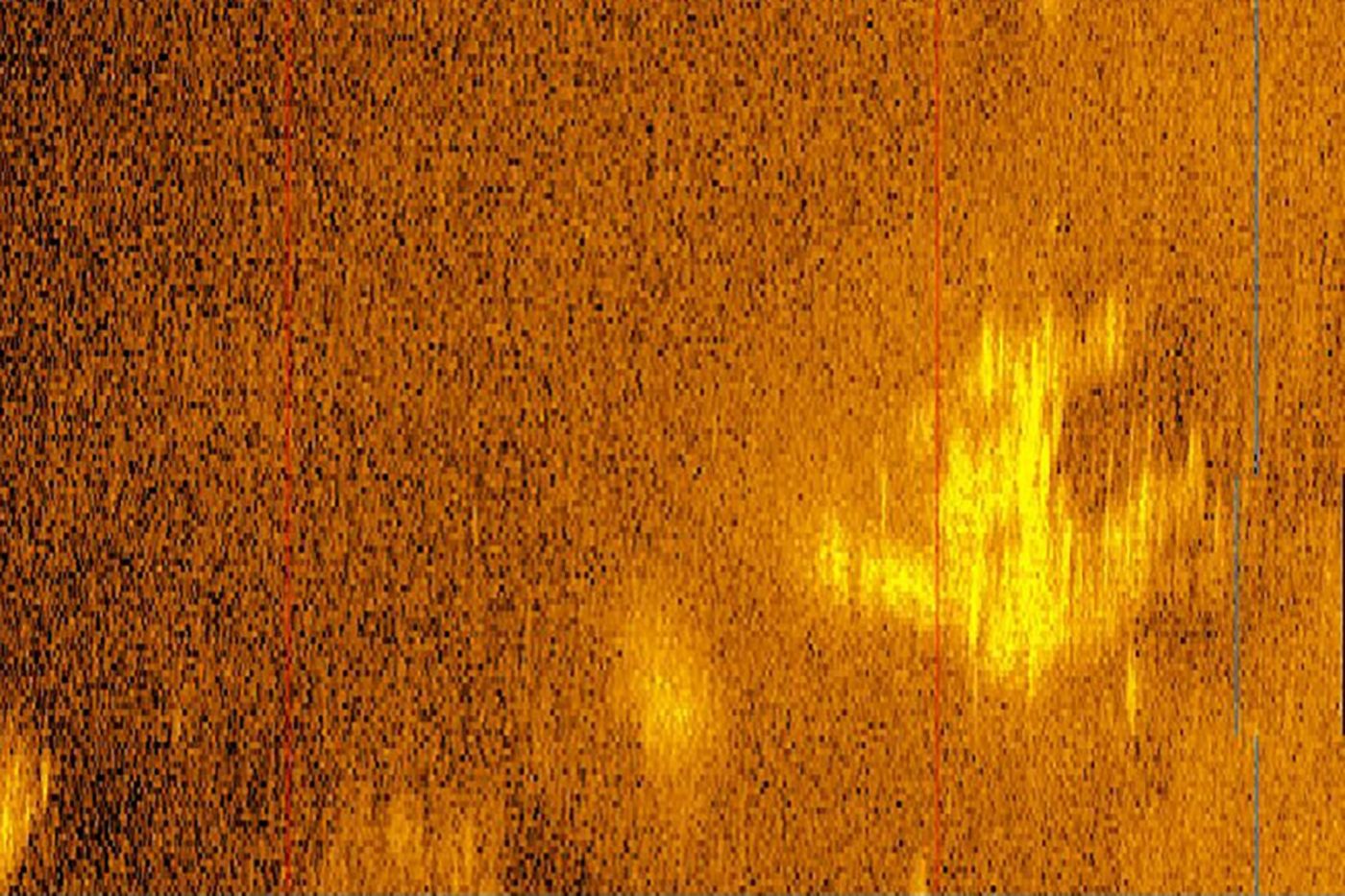


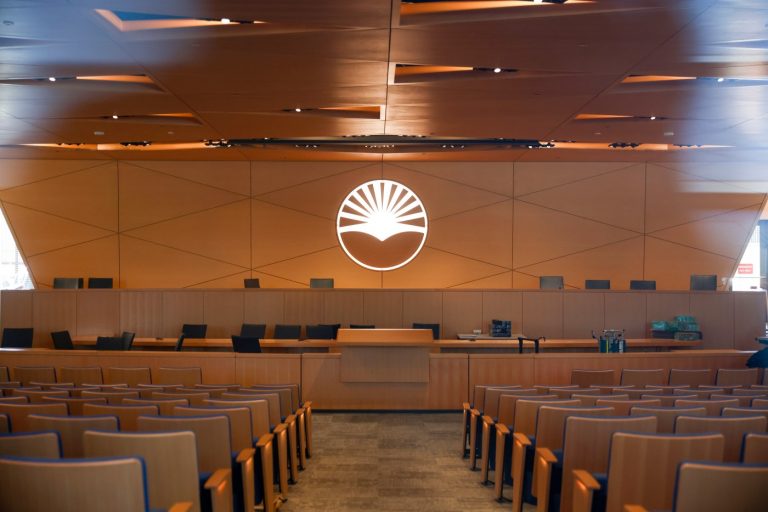
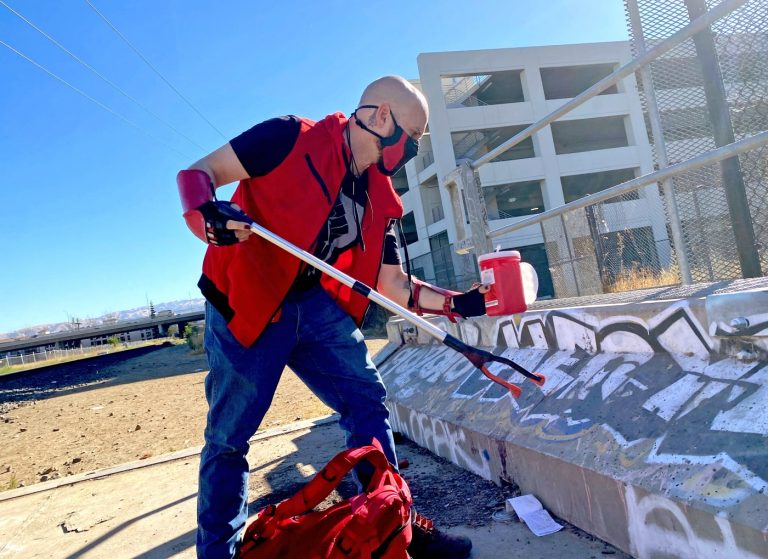
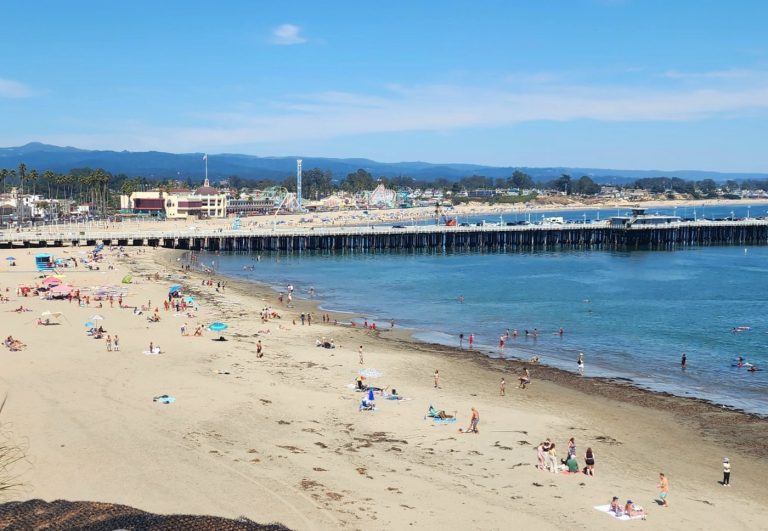
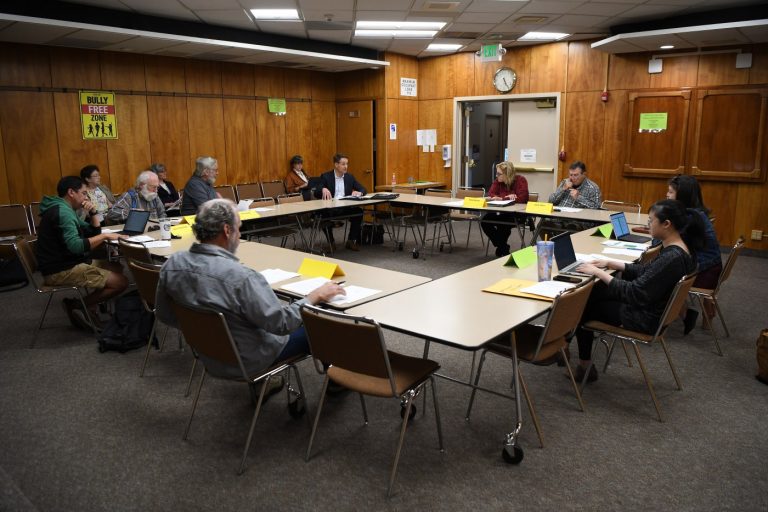


+ There are no comments
Add yours